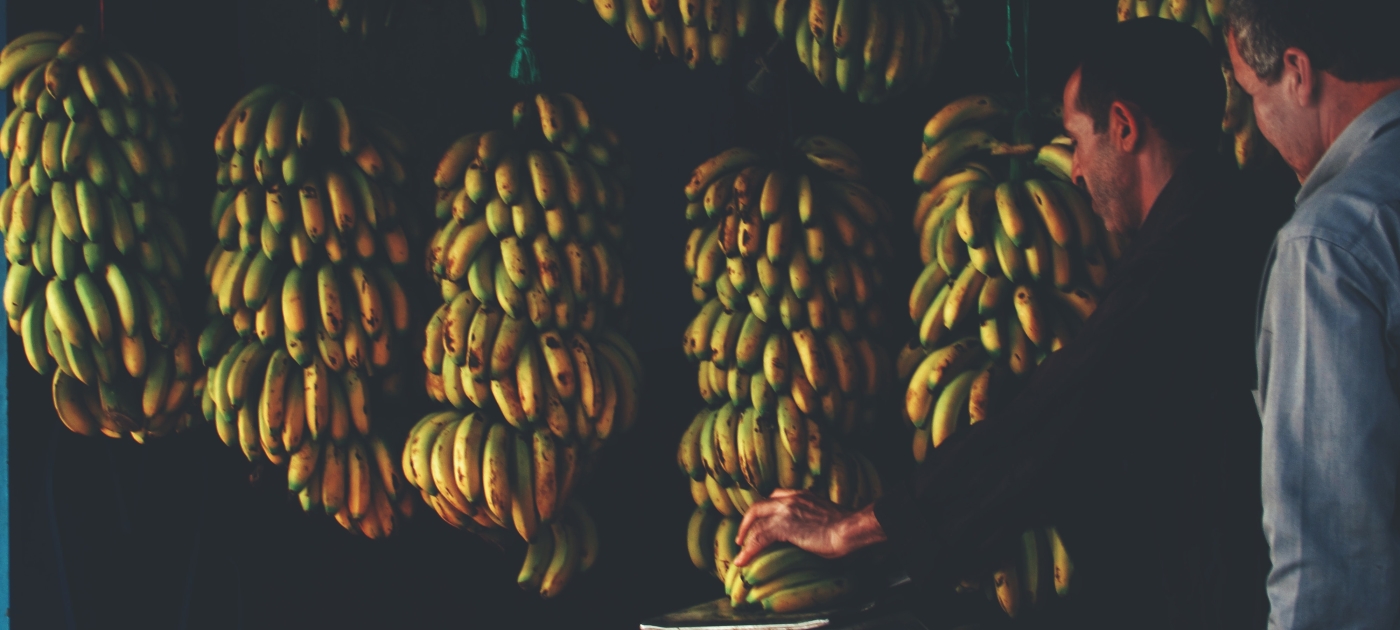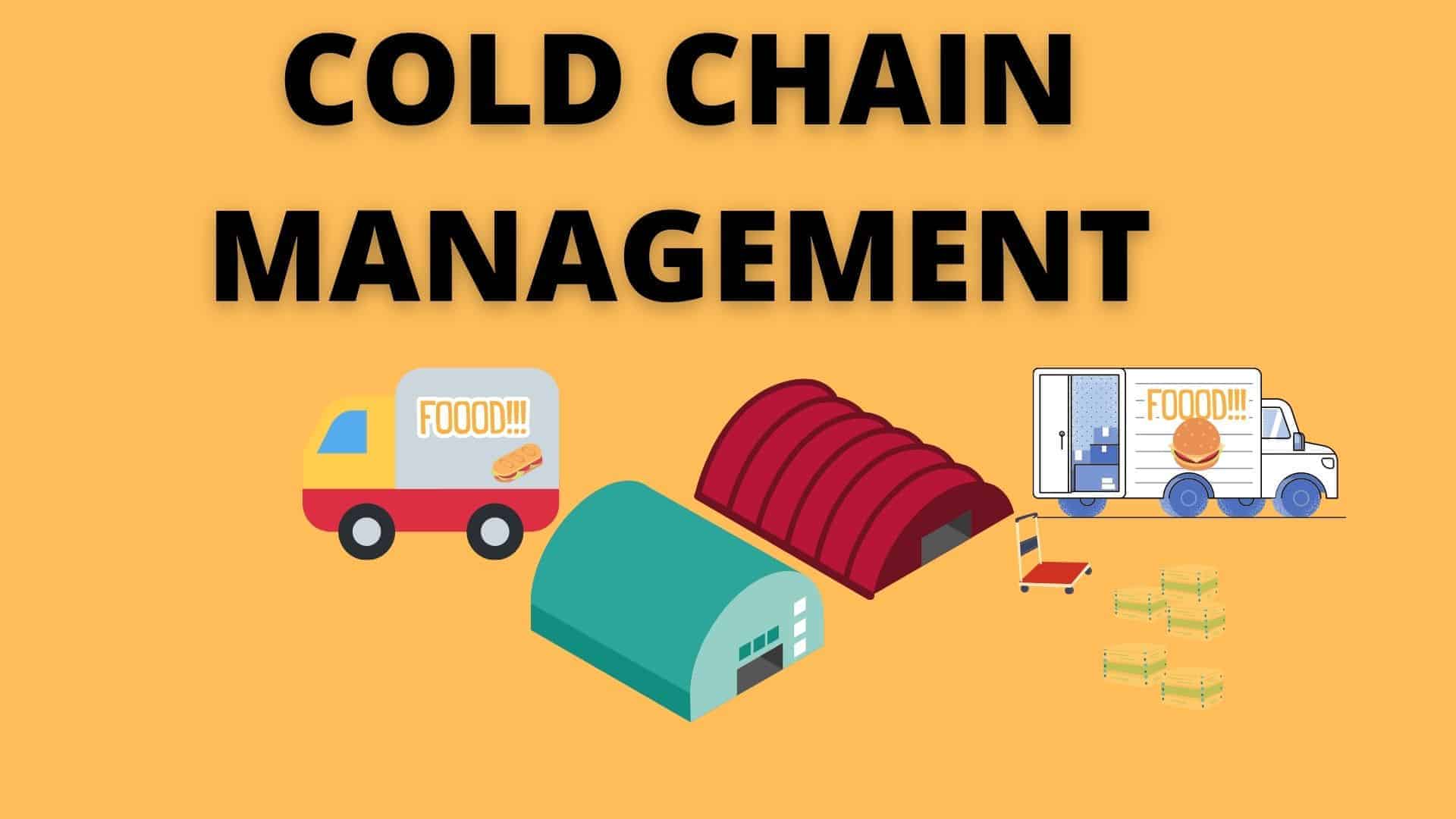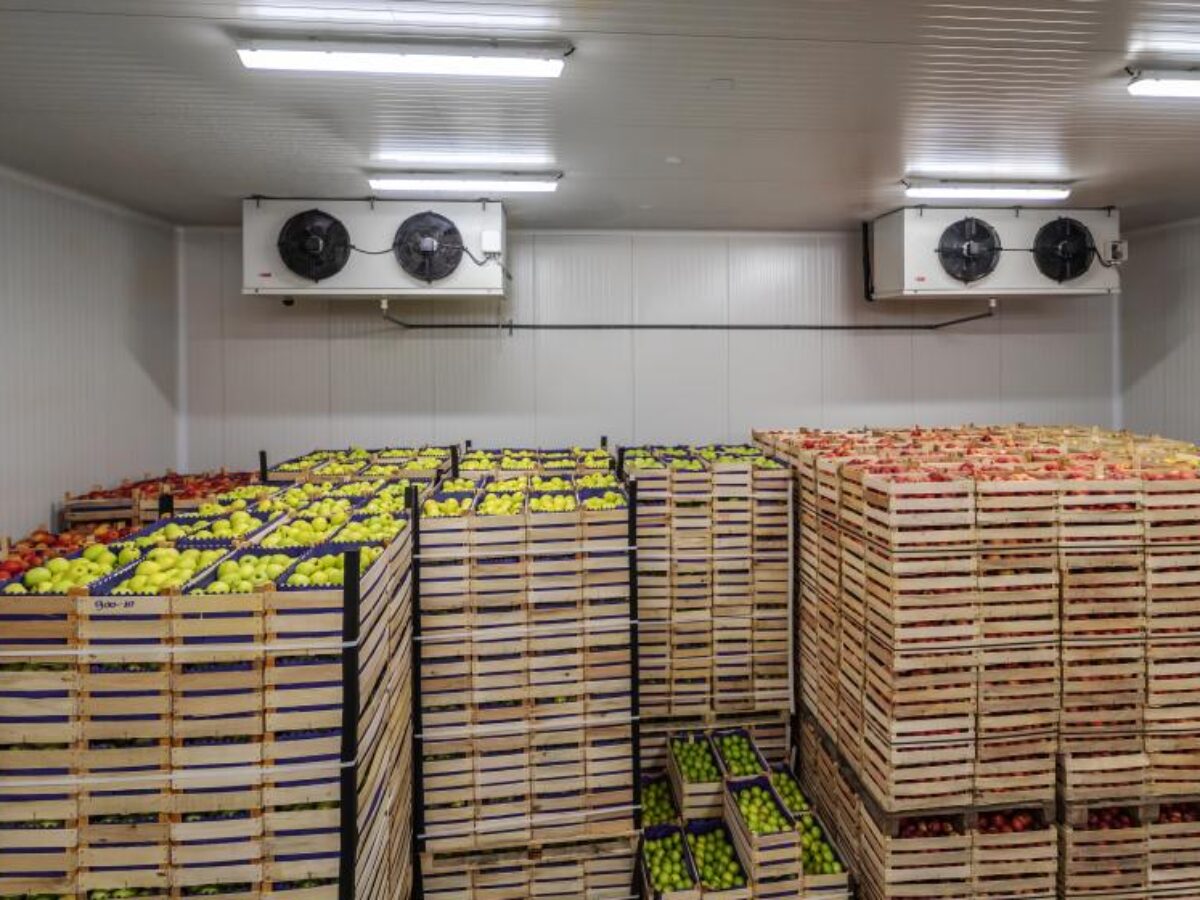Malnutrition and food insecurity are connected, and several UN sustainable development objectives include these issues as key worldwide concerns. All types of malnutrition, such as stunting, wasting, micronutrient deficiencies, and overweight and obesity, are predicted by food insecurity. One of the main signs of food insecurity is hunger, which is determined by the frequency of under-nutrition. The incidence of undernourishment and severe food insecurity therefore represent the burden of severe food deprivation in the population, notwithstanding the differences in assessment techniques and data sources. In order to eliminate malnutrition, the UN agencies are now urging new ways of thinking that take hunger, food insecurity, and their effects on nutrition into account. Modern global perishable industries place high importance on cold chain (CC) management. It may be defined as the process of planning, executing and regulating the flow and storage of perishable commodities, related services, and information to enhance customer value and assure low costs, but several definitions have been presented in the literature.

A new UN research recommends Islamabad that as food insecurity and climate change worsen, governments, international development partners, and business engage in sustainable living storage and distribution to combat hunger, support community livelihoods, and prepare for climate change. According to a report on sustainable food chains released on Saturday at the 27th Climate Change Conference (COP27) in Sharm El Sheikh by the United Nations Environment Program (UNEP) and the Food and Agriculture Organization of the United Nations (FAO), cold food chains are essential to meeting the challenge of feeding an additional two billion people by 2050 and utilizing the resilience of rural areas while avoiding increased carbon dioxide emissions.
 828 million people throughout the world experienced hunger in 2021, up 46 million from the previous year. A nutritious diet was out of reach for about 3.1 billion people in 2020, 112 million more than in 2019, as a consequence of the Covid-19 pandemic’s adverse economic effects and rising prices. Meanwhile, this year’s Ukrainian war has increased the cost of key cereals, endangering food security.” At a time when the international community must act to address the climate and food crises, sustainable food cold chains can make a huge difference,” said UNEP Executive Director Inger Anderson. “They enable us to reduce food loss, improve food security, slow greenhouse gas emissions, create jobs, reduce poverty and build resilience – all in one go.” While all of this is happening, it is estimated that 14% of all food grown for human use is lost before it is consumed. One of the primary causes of total losses (12%) is the absence of a functioning cold chain to maintain the nutritional content, safety, and quality of food.
828 million people throughout the world experienced hunger in 2021, up 46 million from the previous year. A nutritious diet was out of reach for about 3.1 billion people in 2020, 112 million more than in 2019, as a consequence of the Covid-19 pandemic’s adverse economic effects and rising prices. Meanwhile, this year’s Ukrainian war has increased the cost of key cereals, endangering food security.” At a time when the international community must act to address the climate and food crises, sustainable food cold chains can make a huge difference,” said UNEP Executive Director Inger Anderson. “They enable us to reduce food loss, improve food security, slow greenhouse gas emissions, create jobs, reduce poverty and build resilience – all in one go.” While all of this is happening, it is estimated that 14% of all food grown for human use is lost before it is consumed. One of the primary causes of total losses (12%) is the absence of a functioning cold chain to maintain the nutritional content, safety, and quality of food.

Research Associate, Pakistan House



